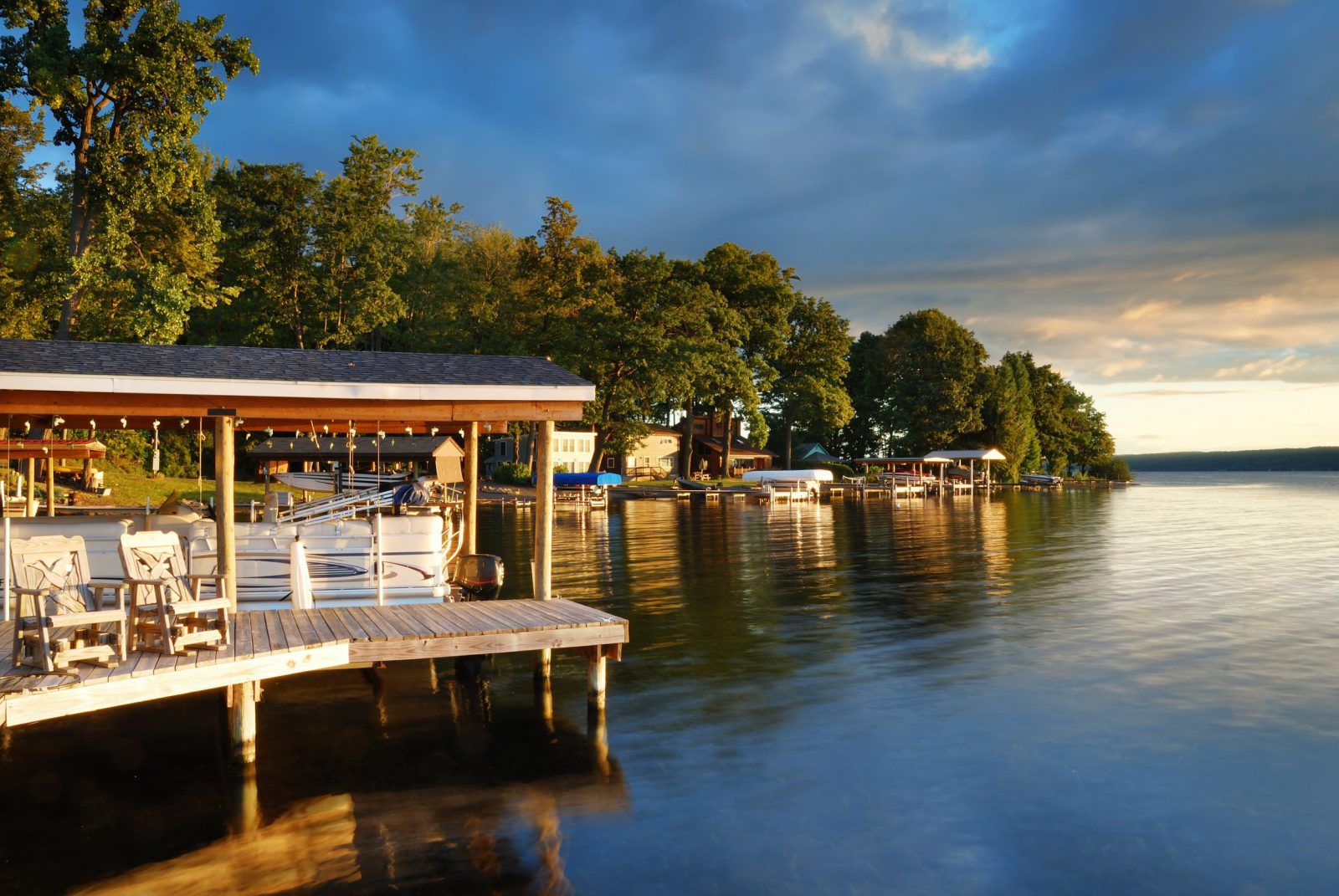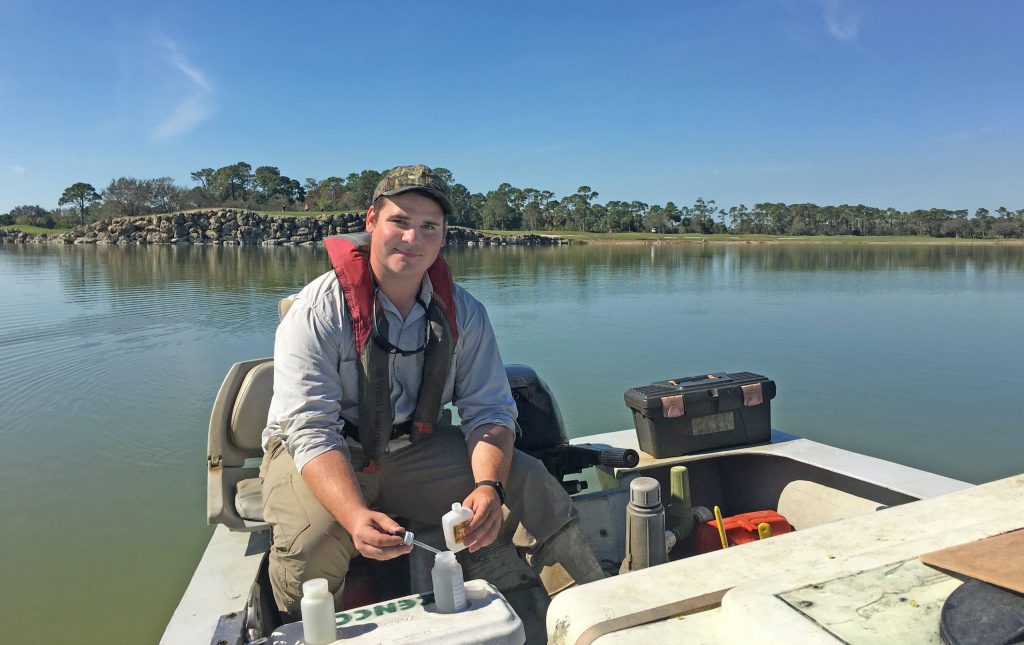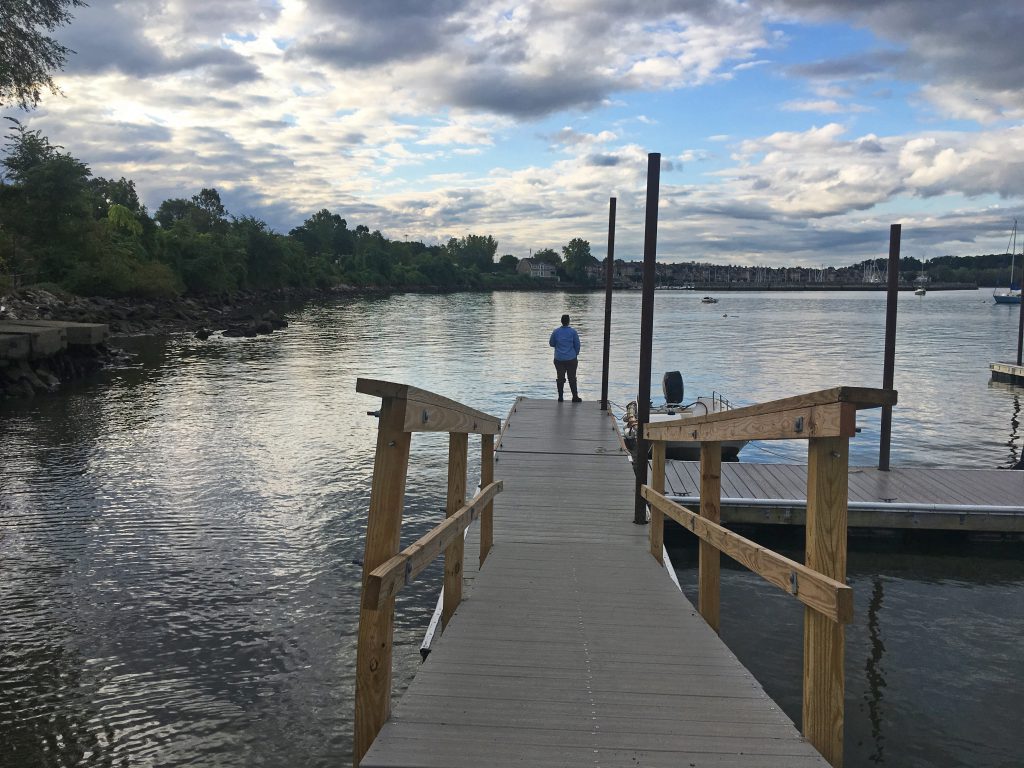
Top 4 Things to Consider When Budgeting for Lake Management
Lakes and ponds are multifaceted ecosystems with a wide array of uses, benefits, and challenges. If you oversee waterbodies for a community association, golf course, municipality, or any other entity, you know that many factors must be examined when making decisions about the property. As the number of stakeholders increases, so does the number of opinions.
Lake management professionals often encounter these situations. To help decision-makers choose lake management solutions and maintenance strategies that satisfy as many stakeholders as possible, it’s advantageous to start by considering four overarching factors:

#1: Stakeholder Goals
A decorative pond is very distinct from an aquatic preserve, and both of these are vastly different from a productive trophy fishery or a large drinking water reservoir. Likewise, each of these waterbodies may serve multiple purposes. A community pond, for example, is aesthetically pleasing, but may also contain important equipment for stormwater collection. A reservoir sustains our communities and also likely functions as an exciting spot for boating and recreation. Making simple choices about the removal of aquatic plant species or adjusting water chemistry can require overwhelming input with dozens of goals in mind.
How do you meet in the middle? This is where it’s important to confer with a lake manager who specializes in the “human dimension” of goal setting. It’s unlikely that polar opposite goals can be achieved, but by collecting diverse input, thoroughly evaluating goals, and educating stakeholders about the various paths to achieve them, it is possible to find areas of unforeseen compromise and greater potential for success.

#2: Waterbody Characteristics
All lakes and ponds are different, whether they are located in separate states or right next to one another. Like a snowflake, a multitude of details come together to create a one-of-a-kind entity. These include the waterbody’s location, size, depth, age, the presence of invasive species, land use, and the level of surrounding pollution – and can go far beyond that.
Before moving forward with any kind of lake or pond maintenance strategy, it’s vital to collect data that reveals both the visible and unseen characteristics of the water resource. Laboratory testing, bathymetric mapping, surveillance, and other data gathering techniques can be used to inform the creation of a customized management program that maps out the path to success. Some goals may be simple to achieve while others require a more rigorous approach, but this can only be determined when accurate data is available.

#3: Timing
Just as physical factors can influence a waterbody, so can elements like weather, temperature, rainfall, and even the season. These conditions can have dramatic, almost immediate effects on a waterbody by altering water chemistry, expediting erosion, causing fish kills, and more. The time of year may also exacerbate existing problems or create new ones without warning.
No matter your goal, timing will be a large factor in the planning and implementation process. For instance, lakes and ponds that require muck removal will often wait until the cooler months to complete hydro-raking or dredging projects in order to minimize down-time. And, nuisance algae and toxic cyanobacteria can be more effectively thwarted with proactive nutrient remediation projects before summer weather is in full swing. By understanding the importance of well-timed management projects, you can better budget for them.

#4: Available Funds
Funding is often a limiting factor for stakeholders and it can be even more difficult to get all decision-makers on board with the prioritization of lake and pond management. It’s beneficial to create a comprehensive road map built on the aquatic characteristics, the timing of necessary services, and the long-term goals and expectations for the waterbody. With a clear, well-informed plan on hand, the benefits and upfront costs can be more accurately evaluated and conveyed.
On paper, smaller upfront maintenance costs seem more appealing, but they can also be extremely misleading. Though safe and effective, EPA-registered pesticides do not make algae or weeds disappear forever; they simply mask a problem that will continue to exist without intervention. Stakeholders looking to maximize their budget while maintaining their long-term goals will find the most success in an annual management program. By proactively investing in the future of your waterbody, you can spend and worry less over time.
It's Time To Budget For Next Year's Pond Maintenance!
Our Mission Is Loud & Clear:
SOLitude Lake Management is a nationwide environmental firm committed to providing sustainable solutions that improve water quality, enhance beauty, preserve natural resources and reduce our environmental footprint. SOLitude’s team of aquatic resource management professionals specializes in the development and execution of customized lake, pond, wetland, and fisheries management programs that include water quality testing and restoration, nutrient remediation, algae, and aquatic weed control, installation and maintenance of fountains and aeration systems, bathymetry, shoreline erosion restoration, mechanical harvesting and hydro-raking, lake vegetation studies, biological assessments, habitat evaluations, and invasive species management. Services and educational resources are available to clients nationwide, including homeowners associations, multi-family and apartment communities, golf courses, commercial developments, ranches, private landowners, reservoirs, recreational and public lakes, municipalities, drinking water authorities, parks, and state and federal agencies. SOLitude Lake Management is a proud member of the Rentokil Steritech family of companies in North America.









